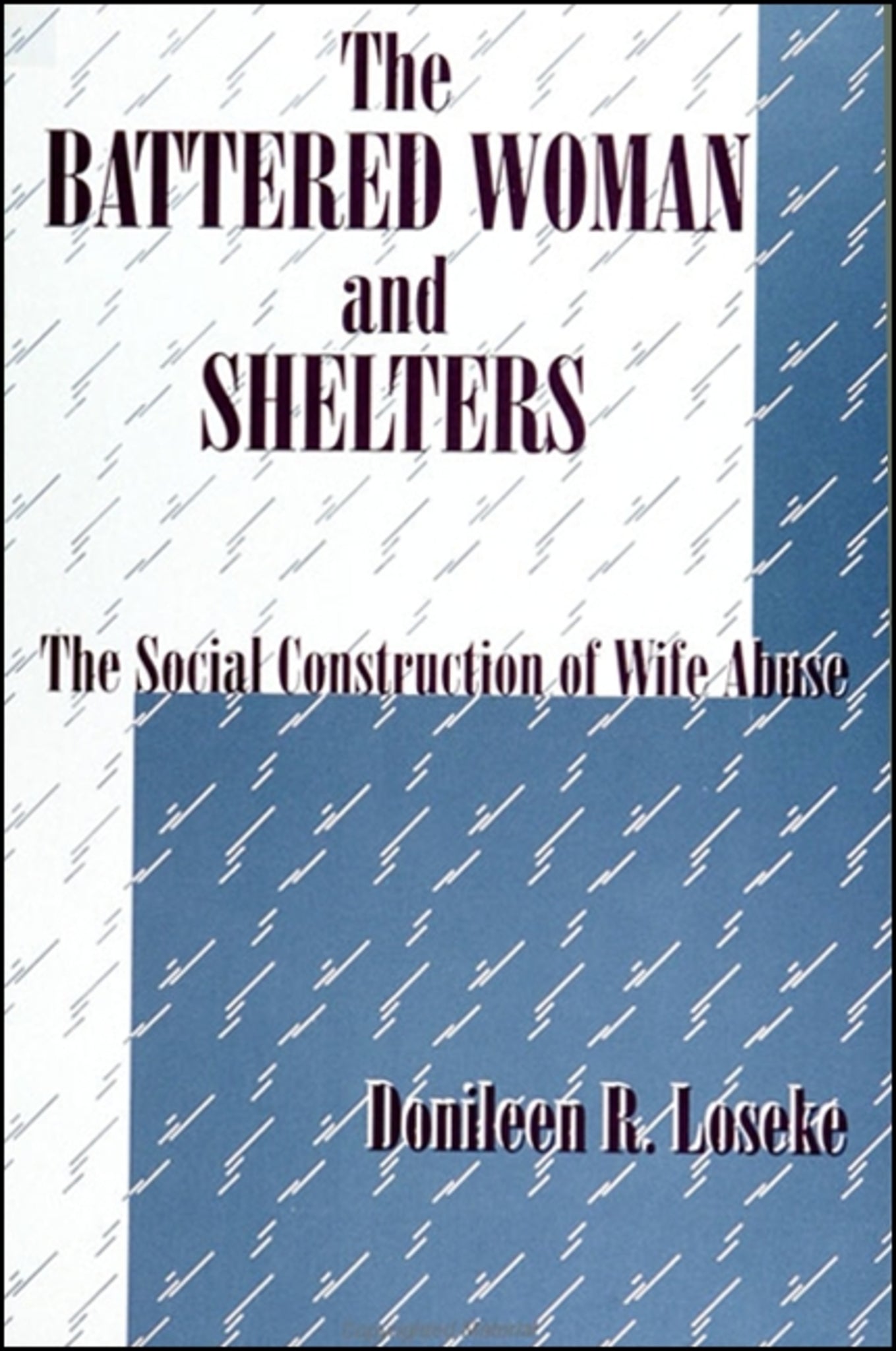We're sorry. An error has occurred
Please cancel or retry.
The Battered Woman and Shelters

Some error occured while loading the Quick View. Please close the Quick View and try reloading the page.
Couldn't load pickup availability
- Format:
-
24 February 1992

Explores how standardized images of problems and people inform and shape social services for women who have been assaulted.
Arguing that we commonly understand "wife abuse" and the "battered woman" in terms of standardized images of problems and people, the author explores how these images inform and shape social services for women who have been assaulted. Using ethnographic data of shelter work from the perspective of workers, she shows how these standardized images affect organizational structure and how front-line workers make sense of their interventions into clients' lives.


"The book brings a fresh and needed perspective to an issue that is too often treated in the simplistic fashion of a television movie. There are no persons wearing 'white' and 'black' hats in this book. Rather, the book focuses on the practical dilemmas and circumstances faced by shelter workers in fulfilling their professional obligations. Loseke offers us a way of seeing shelter work as it is. In doing so, she raises issues that some readers may find discomforting because they clash with their television movie visions of battered women and shelter workers. What Loseke offers is a vision of battered women and shelter workers as human beings and practical actors who use available cultural resources to understand and manage the troubles of everyday life. This is a thoughtful and sophisticated approach to an important social issue." — Gale Miller, Marquette University
Acknowledgments
Introduction
SOCIAL PROBLEMS WORK AND THE STUDY OF WIFE ABUSE
1. COLLECTIVE PREPRESENTATIONS
The Collective Representation of Wife Abuse
The Collective Representation of the Battered Woman
The Collective Representation of Shelters
Summary
2. SCHEMES OF INTERPRETATION AND PRACTICAL EXPERIENCE
Social Problems and Moral Stances
Interpretive Schemes and Practical Experience
Summary
3. COLLECTIVE REPRESENTATIONS AND THE FORMAL ORGANIZATION OF SHELTER WORK
Collective Representations and the Organization of South Coast
Collective Representations, Administrators, and Workers at South Coast
Collective Representations and Organizational Decision-Making
Summary
4. IDENTIFYING THE BATTERED WOMAN
The Practicalities of Client Selection
The Practicalities of Identification
Categorizations and Justifications
Commonsense Interpretations, Categorizations, and Justifications
Summary
5. TRANSFORMING CLIENTS
Interpretive Schemes, Organizational Structure, and Identity Transformation
Constructing the Battered Woman
Supporting the Battered Woman
The Activities of Support
Summary
6. MAKING SENSE OF SHELTER WORK
Troubles and Disappointments
Making Sense of Interpersonal Troubles
Practical Sensemaking and Failures to Neutralize Troubles
Making Sense of Success
Summary
7. SOCIAL PROBLEMS WORK AND THE REPRODUCTION OF PUBLIC PROBLEMS
Appendix
DATA AND DATA COLLECTION AT SOUTH COAST
Notes
References
Index



